Question
I am an AYSO National Referee as well as a USSF referee for PA West here in Western Pennsylvania. During my USSF recertification course in 2020, there was some special emphasis on the 10U build out line and when the ball is in play since 10U uses the build out line (BOL) player development initiatives. We were advised that the ball is not in play until another player on the kicking team receives the ball. Only then could the opposing players cross the BOL.
When I review the AYSO 10U BOL guidance, it appears that it has not been updated to reflect the changes I was provided during my recertification class with USSF. Not all Regions are using this consistently and it causes some issues when there is interplay between Regions. Can you please review these and update them as needed?
Answer
Thank you for your e-mail. Yes, in 2019 there was a change to Law 16 stating that goal/free kicks are now in play as soon as the ball is kicked and clearly moves. For 10U and the build out line, there was very little impact. We clarified with US Soccer and they shared the US Soccer BOL clarification memo of August 2019 that indicates:
Build-Out Line under New Goal Kick Law
- Before the ball is kicked, players on the kicking team may stand anywhere on the field, including inside the penalty area.
- Players on the defending team must move beyond the BOL and may not cross the BOL until the ball is in play.
- The ball is in play when it is kicked and clearly moves. In other words, as soon as a member of the kicking team kicks, or tries to kick, the ball, and the ball visibly moves or begins to roll, the ball is in play.
- As soon as the ball is in play, other members of the kicking team may play it (inside the penalty area) and defenders may cross the BOL.
The indicates that the ball is “in play” when it is kicked and clearly moves. This is when opposing players may cross the BOL to engage in play which aligns with the currently published AYSO guidance. It appears that your local USSF association (PA West) has created and adopted a modified version that requires another member of the kicking team to receive the ball before the opposing players may cross the BOL however, this is not in alignment with the current US Soccer directives. While US Soccer acknowledges that a few of their associations have adopted same model as PA West, it is not the current US Soccer policy.
When local entities deviate from the US Soccer policy, it can make is very challenging to provide consistency. To avoid and reduce confusion in your local area, teams should be advised to follow the requirements of the gaming circuit in which they are participating. Thank you again for your question!

